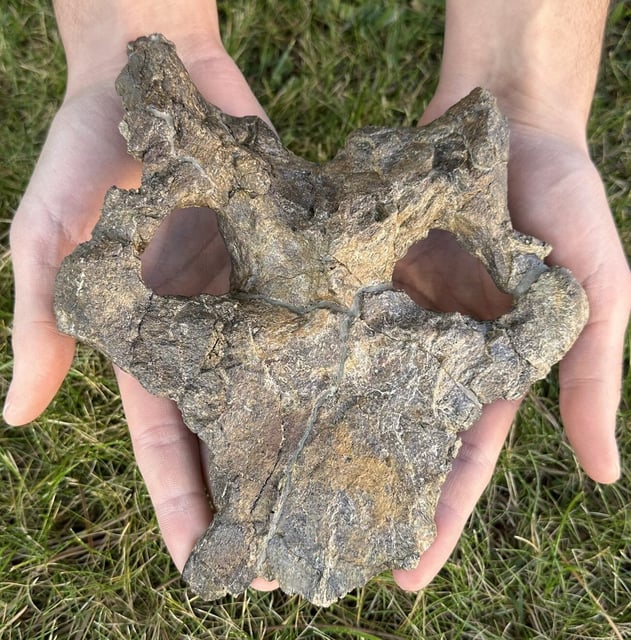Overview
- The partial Dacentrurus armatus cranium was excavated from the Están de Colón site in Teruel’s Villar del Arzobispo Formation and dates to the Late Jurassic, about 150 million years ago.
- This European specimen represents the best-preserved stegosaurian skull ever documented, overcoming the fragility that typically prevents cranial fossilization.
- Detailed study of the fossil has revealed previously unknown features of stegosaurian head anatomy, enriching models of plated dinosaur morphology.
- Scientists have established Neostegosauria as a new clade to group medium and large stegosaurs worldwide based on shared cranial characteristics.
- Continued excavations at Están de Colón are expected to uncover more postcranial elements and rare juvenile remains, deepening insights into stegosaurian development.
